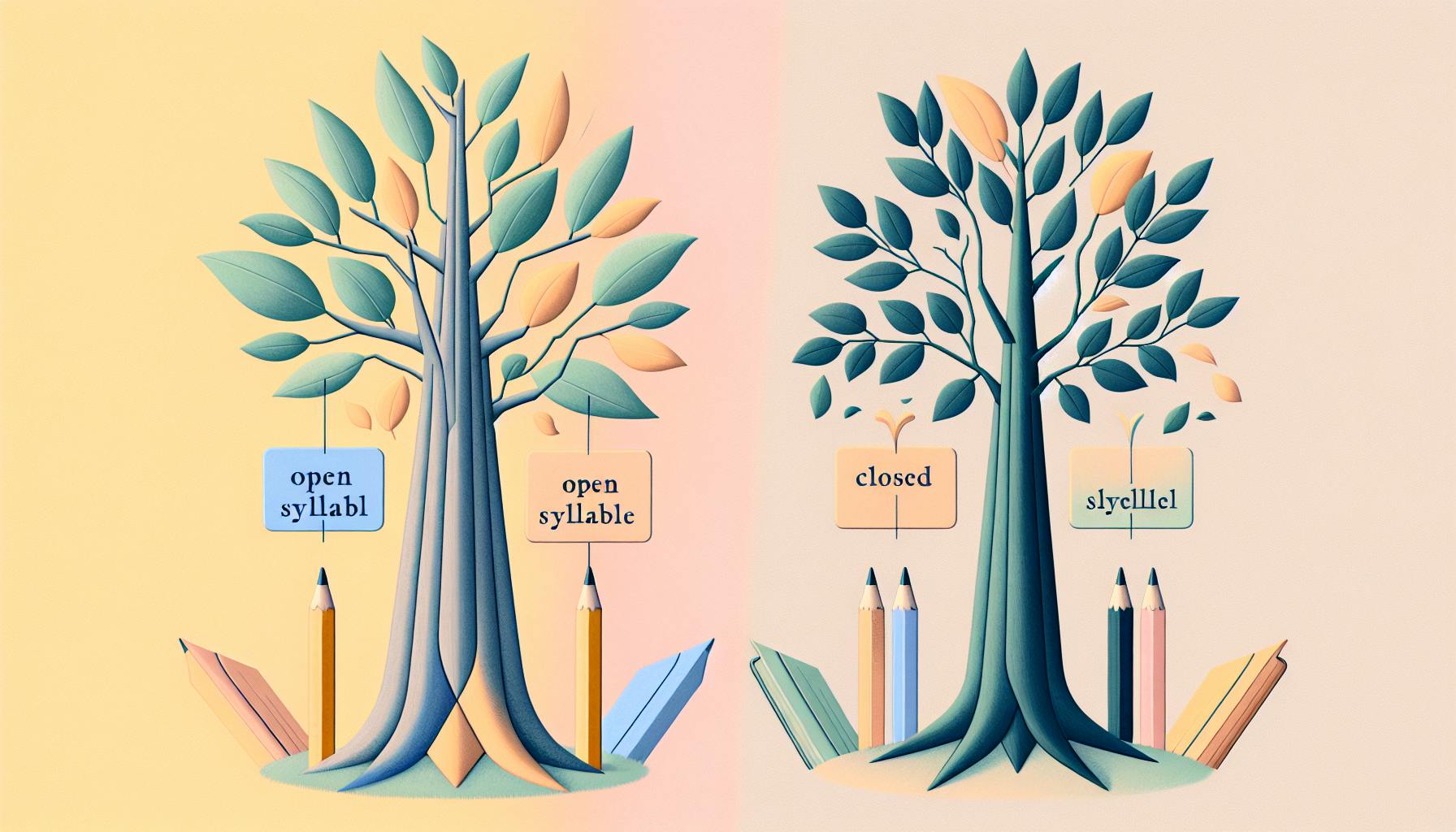Most teachers would agree that finding an impactful and appropriate novel to teach students can be challenging.
Well, Harper Lee's Pulitzer Prize-winning classic, To Kill a Mockingbird, checks all the boxes: it confronts mature themes in an accessible way while tying into curriculum standards across grades and subjects.
In this review, we will provide an overview of the plot and characters, analyze its thought-provoking themes around justice, morality, and coming-of-age, discuss its age-appropriateness, highlight ties to educational standards, suggest classroom activities, and make the case for why To Kill a Mockingbird is an ideal novel to teach students in middle and high school.**
Introduction
To Kill a Mockingbird, published in 1960, is considered an American classic novel that explores themes of racial injustice, morality, and coming of age in the Deep South during the Great Depression era. The novel was instantly successful upon release and won the Pulitzer Prize for Fiction the following year.
Written by Harper Lee, To Kill a Mockingbird draws heavily on her own childhood experiences growing up in Monroeville, Alabama. Through the eyes of young narrator Scout Finch, Lee creates an evocative portrait of small-town Southern life and attitudes on race in the 1930s. The novel continues to captivate modern readers with its empathetic characters and timeless messages about tolerance, conscience, and social justice.
For educators, To Kill a Mockingbird offers rich fodder for classroom discussion and analysis. Its historical insight into Jim Crow-era racial dynamics provides useful context for examining enduring issues surrounding inequality, prejudice, and civil rights. The novel also lends itself well to exploring moral and ethical questions around innocence, justice, conscience and human dignity. As a coming-of-age story, it further resonates with young readers grappling with their own personal growth.
Overview of Plot and Characters
The story is narrated by Jean “Scout” Finch, a young girl living with her brother Jem and father Atticus, a widowed lawyer, in the small town of Maycomb, Alabama during the Great Depression. Key characters include:
- Atticus Finch: The moral center of the novel, Atticus is a principled, liberal-minded lawyer tasked with defending a black man falsely accused of raping a white woman. He serves as a role model of conscience and justice.
- Scout Finch: The tomboyish young daughter of Atticus and story’s narrator. Witty and precocious, her innocence clashes with Maycomb’s entrenched racial prejudices.
- Jem Finch: Scout’s older brother, aged 10-13 in the novel. He shares Scout’s curiosity over local myths surrounding the reclusive “Boo” Radley. Jem faces a personal moral crisis over a courtroom revelation.
- Tom Robinson: A black field worker wrongly accused of raping Mayella Ewell, a white woman. Atticus defends him at trial, where Tom is unfairly convicted due to racial prejudices.
- Boo Radley: A reclusive neighbor who never leaves his house, Boo fascinates Jem and Scout. He secretly leaves them gifts on his property, and eventually rescues them from an attack, revealing his kind nature.
The novel traces Scout and Jem’s childhood adventures over three years. They befriend a boy named Dill and fixate on local rumors about the mysterious Radley Place and its occupant, Boo Radley. Meanwhile, racial tensions arise when Atticus defends Tom, an innocent black man charged with raping a white woman. Though Atticus provides a strong legal defense exposing the accusers’ lies, the all-white jury still convicts Tom. Jem faces bitter disillusionment over the outcome. The novel culminates with Boo saving Jem and Scout from an attack, finally emerging from the shadows.
Themes of Justice, Morality, and Coming-of-Age
To Kill a Mockingbird explores heavy moral themes of justice and conscience through the Tom Robinson trial. Despite strong evidence of Tom’s innocence, he is convicted due to racial prejudices. Atticus’ steadfast defense of him demonstrates moral courage and serves as a powerful lesson in principles for Jem and Scout.
The novel also examines the loss of innocence, as Jem and Scout gradually become more aware of the ugly realities of racism, prejudice and injustice that belie their small town. Their coming-of-age story depicts how exposure to moral failings profoundly shape their development.
Additionally, Lee analyzes the concept of “mockingbirds” as symbols of innocence in the novel – characters such as Tom Robinson and Boo Radley who are undeservingly victimized by others. Overall, the novel advances a moral perspective on protecting innocence and taking a stand for social justice, even in the face of entrenched societal prejudices.
Why should teachers teach To Kill a Mockingbird?
To Kill a Mockingbird explores themes of racial injustice, empathy, and compassion that remain deeply relevant for students today. As an American classic, it prompts important conversations about equality, prejudice, and moral courage.
Here are some key reasons why To Kill a Mockingbird is an impactful novel for teachers to share with students:
- Illustrates the injustice of racism and the importance of empathy. The trial of Tom Robinson and its outcome teaches students about the realities of racial inequality and the need for understanding those different from oneself.
- Promotes compassion and moral courage. Atticus Finch's defense of Tom Robinson, despite facing hostility, demonstrates principled courage students can aspire towards.
- Explores themes of tolerance, justice, and overcoming prejudice. Students examine their own biases and build mutual understanding across differences.
- Features rich symbolism and character development. From Boo Radley to the mockingbird representing innocence, the novel offers opportunities for analysis and discussion.
- Provides an engaging coming-of-age story. Students connect with Scout's firsthand account of childhood innocence confronting harsh realities.
- Inspires students to stand up to injustice. The novel empowers youth to challenge prejudice and create positive social change.
Teaching this Pulitzer Prize-winning novel allows educators to facilitate impactful dialogues on injustice while cultivating empathy and courage in students. Its timeless themes make To Kill a Mockingbird an essential text for every classroom.
Is To Kill a Mockingbird appropriate for school?
To Kill a Mockingbird explores complex themes like racism, prejudice, and injustice. While an impactful novel, some argue the lessons it imparts are inadequate for preparing students to address modern social issues. There are merits to both keeping and replacing Mockingbird in high school curriculums. Ultimately, it should be the decision of each school district whether the novel’s educational value outweighs concerns over its dated portrayals.
If taught properly with thoughtful discussion of its shortcomings, To Kill a Mockingbird can foster critical thinking on vital topics. However, many teachers simplify its messages, failing to address subtle racism or apply the themes to current events. Updating curriculums with more modern stories exploring similar issues may better resonate with students. There are many great options worth considering that may speak more meaningfully to readers today.
Regardless of one's views on To Kill a Mockingbird's appropriateness for high schools, most would agree teacher quality and open dialogue are imperative. More teacher training on leading complex conversations and selecting supplementary materials could make the novel more suitable. We must also listen to marginalized student voices on how Mockingbird’s content impacts them. In the end, what matters most is that students feel seen and that curriculums meet their needs.
sbb-itb-bb2be89
What does the book To Kill a Mockingbird teach us?
To Kill a Mockingbird teaches us many important life lessons that are still relevant today. Here are some of the key themes and lessons from the book:
Bravery in the face of injustice
Atticus Finch demonstrates true bravery in defending Tom Robinson, a black man falsely accused of rape in the racist society of 1930s Alabama. Despite facing threats, Atticus stands up for what is right. The book teaches us to have the courage to fight injustice, even when it is unpopular.
Overcoming prejudice
Through characters like Boo Radley, the book shows us that we should not judge others before we truly know them. People are often not what they seem on the surface. The book encourages readers to overcome prejudices and get to know people as individuals.
Inequality and the struggles of poverty
The book vividly portrays the realities of inequality and poverty in the segregated Southern society it depicts. By seeing the world through Scout's young eyes, we gain empathy for those who suffer hardship through no fault of their own.
Loss of innocence
As the narrator, Scout loses her innocence over the course of the novel as she starts to understand the evil in the world. Despite the troubles Scout sees, the book ends on a hopeful note, suggesting that good can still triumph.
In short, To Kill a Mockingbird teaches the reader to have courage in the face of injustice, overcome prejudice, and empathize with those less fortunate. These timeless moral lessons still resonate with readers today.
What grade do teachers read To Kill a Mockingbird?
To Kill a Mockingbird is most commonly taught in grades 9-12 in high schools across the United States. According to surveys, it has remained one of the most widely read books by students in these grades for decades.
There are a few key reasons why To Kill a Mockingbird resonates with high school students and is a fixture of 9th-12th grade English curriculums:
- The novel explores complex themes of racism, prejudice, justice, and morality that spur insightful discussions in the classroom. Teachers appreciate opportunities to have meaningful dialogues around these topics with their teenage students.
- The story is told through the eyes of young Scout Finch, allowing high school readers to better relate to and empathize with her childhood experiences and coming-of-age journey.
- Harper Lee's writing style, while sophisticated, is ultimately accessible for most students in grades 9-12. The novel is regarded as a prime example of American literature.
- Engaging discussion questions and essay prompts can easily be formulated from the novel's rich range of characters, settings, and plot developments involving Tom Robinson's trial.
- The novel provides great crossover opportunities with history curriculum covering the Great Depression era and Jim Crow laws.
To Kill a Mockingbird speaks as much to the present-day social climate around racial bias and injustice as it did during its initial publication. This timeless quality and societal relevance keeps it a staple in high school English classes today and for the foreseeable future.
Teaching To Kill a Mockingbird
To Kill a Mockingbird is a Pulitzer Prize-winning novel that explores themes of racial injustice, morality, and growing up. As an American literature classic taught in many middle and high school English classes, the book offers rich opportunities for discussion and activities aligned to curriculum standards. This guide provides tips to help educators teach To Kill a Mockingbird effectively.
Age-Appropriateness and Reading Level
To Kill a Mockingbird has a Lexile score between 870-1000, making it appropriate for middle and high school. Due to mature themes involving racism, sexual assault allegations, and violence, the book is best suited for 8th grade and above. The vocabulary and literary devices used also correspond to this level. With scaffolding, advanced younger readers may be able to comprehend the text.
Tie-ins to Curriculum Standards
The primary themes and skills reinforced through To Kill a Mockingbird align to the following English Language Arts standards:
- Analyzing universal themes of morality, tolerance, justice vs. injustice
- Evaluating the development of characters and their motivations
- Examining historical and social contexts such as The Great Depression era and Jim Crow laws
- Interpreting figurative language and literary devices like imagery and symbolism
- Building vocabulary through context clues
- Developing critical thinking skills through discussion prompts
Class Discussion Topics
- Explore the concept of moral courage. Was Atticus morally courageous? In what ways did other characters demonstrate moral courage?
- How did the children’s views of Boo Radley evolve throughout the story? What might this symbolize?
- Discuss examples of injustice and prejudice in the book. Do they still persist today? If so, how?
- Is the justice system portrayed as fair or biased in the novel? Does it align with or differ from the actual historical context?
- What positive traits define Atticus Finch’s character? What lessons can we learn from him?
Activity Ideas
Mock Trial: Hold a mock trial for Tom Robinson's case, with students roleplaying key characters. Discuss how the verdict aligns or differs from the actual outcome.
Character Maps: Create visual maps exploring main characters, their traits, motivations, and relationships to others.
Timeline: Map key plot events to actual historical events from the Great Depression era to better understand the social context.
Symbols: Make illustrated posters of important symbols (the mockingbird, the tree) with analysis of their meaning.
Challenges and Considerations
Mature Themes
To Kill a Mockingbird contains instances of racist language and addresses other mature themes like rape and violence. As teachers, it is important we approach these topics sensitively.
When discussing racist language, explain the historical context and make it clear the words are unacceptable today. Consider assigning edited versions that remove offensive words if more appropriate for younger students. Use instances of racism as teaching moments to discuss diversity, equality and social justice.
For mature content, forewarn students and parents and provide alternative assignments if needed. When discussing sensitive topics, focus the conversation on the broader themes of compassion, integrity and moral courage.
Accessibility
To Kill a Mockingbird has a 6th grade reading level but addresses complex themes. Break down challenging vocabulary and concepts using guided questions, visual aids and group discussions.
Consider reading aloud passages to help students comprehend nuance. Assign the book over a longer timeframe to allow for deeper analysis. For younger grades, use an abridged version or excerpts to make content more accessible.
Scaffold instruction to move students from basic plot details to higher-order analysis. Encourage students to connect themes to current events and their own lives.
Conclusion and Recommendation
To Kill a Mockingbird remains an impactful and important novel for teachers to include in their curriculum today. Though published in 1960, the themes of racial injustice, prejudice, and coming-of-age resonate across generations.
Harper Lee crafted complex characters like the heroic Atticus Finch and the curious Scout Finch that connect with readers of all ages. The novel explores weighty topics like racism, social injustice, and morality with nuance through the eyes of childhood innocence.
While grounded in a specific time and place in U.S. history, the universal messages about tolerance, understanding different perspectives, and confronting injustice continue inspiring modern readers. To Kill a Mockingbird offers teachers opportunities to foster critical thinking skills, moral reasoning, and cross-curricular connections that make it a versatile novel to teach.
With available teaching guides, thought-provoking discussion questions, and engaging activity ideas, To Kill a Mockingbird remains an impactful anchor text that sparks meaningful dialogue around significant themes in ELA, history, and ethics courses today. Its literary merit and social commentary justify its widespread inclusion across grade levels.


